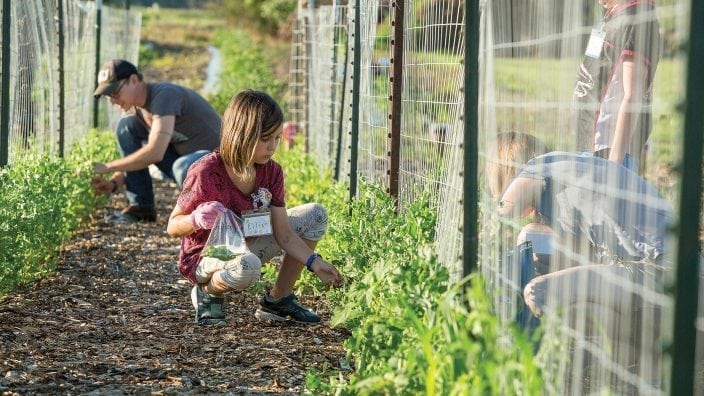Farmer’s Guide to Trucking Regulations available to Ohio Farm Bureau members
The guide includes a farm driver checklist, overview of state and federal regulations and exemptions, CDL qualifications and more.
Read More
Colleen Spees was looking for a way to extend the life of her family tree. Cancer was prominent in her family and growing up she attended more funerals than weddings. Her older brother died of cancer at age 15 and when her sister was diagnosed with breast cancer, the family looked to genetic testing for answers. The results weren’t good. While Spees’s test results were negative, her sister and many family members tested positive for Li-Fraumeni Syndrome, a genetic mutation that greatly increases the risk of developing several different types of cancer.
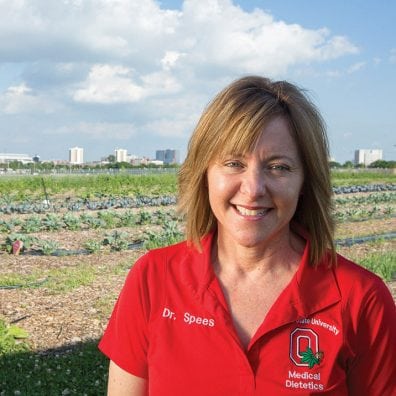
Spees was looking for a glimmer of hope. She found it in her own profession as a dietitian. She knew research showed 90 to 95 percent of cancer risk is associated with environmental exposures and about 55 percent of that is related to modifiable behaviors including body fat level and physical activity. Lifestyle behaviors could be modified to delay the onset of cancer, reduce the aggressiveness of diagnosed disease and decrease the risk of other complications.
Shortly after Spees got her doctorate studying nutritional genomics and cancer at Ohio State University, the university started the Garden of Hope program at Waterman Farm, a 261-acre learning and research farm located about a mile west of Ohio Stadium. Every week cancer survivors treated at Ohio State or elsewhere harvest fresh produce on the 2 ½-acre garden to promote a healthy diet and reduce the risk of cancer complications. The program is a collaboration of Ohio State’s Comprehensive Cancer Center, College of Medicine, the JamesCare for Life and the College of Food, Agricultural, and Environmental Sciences.
Spees had heard about how Garden of Hope participants felt physically and mentally better after spending time on what she calls an “urban oasis” and consuming nutrient-rich vegetables like kohlrabi, beets, beans and kale. As an associate professor in Ohio State’s College of Medicine, she wanted research to back up those anecdotal stories.
“Following the evidence-based guidelines for dietary and physical activity patterns can absolutely impact (cancer survivors’) health outcomes in a positive way. We’re empowering survivors at a vulnerable and teachable moment,” she said. “In this way, we are handing control back to the survivors.”
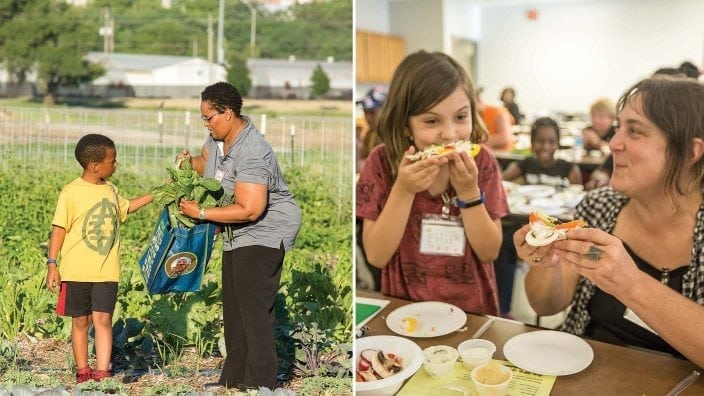
On this day, Spees is watching one of those teachable moments in a room filled with children and their caregivers. A child excitedly pumps his arms in the air and yells “veggie victory” in a dice game that teaches which vegetables are starchy (potatoes, corn and peas) and which are nonstarchy (broccoli, peppers and kale). After a brief nutrition lesson, the children play with their food by using vegetables to make faces on whole-wheat pitas.
Then comes the favorite part — going outside to harvest fruits and vegetables in a separate set of gardens created for Spees’s clinical research studies. Over the years, Spees has conducted several nutritional research studies for young and old alike, including Harvesting Hope 4 Kids for survivors of youth cancer.
“We find kids become more adventurous eaters when they touch their food, discover where it comes from and learn about farming and experience harvesting this beautiful produce,” Spees said as she watched Ohio State student Jeff Laubert lead the kids on a sprint around the gardens for the physical activity portion of the program. This group of children live primarily in low-resource areas of Columbus that have limited access to fresh produce. The five-year study is funded by a $1 million, U.S. Department of Agriculture childhood obesity grant. The program’s goal is the same as the others: to teach the importance of adhering to evidence-based dietary and physical activity recommendations to promote health and wellness.
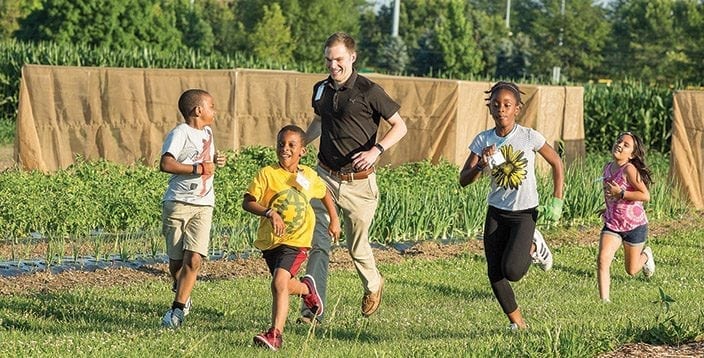
“In addition to clinical outcomes, we’re measuring things like family dynamics and engagement. We have found that our interventions changed behaviors at home and that families often started spending more food-related time together – eating, cooking and shopping,” Spees said. “Families often start going to farmers markets to seek out local produce and gain an appreciation for what farmers do and the amount of time it takes to grow and harvest food.”
Cancer survivor Ed Price gushes about his experience at the research gardens last year, saying the cooking demonstrations and educational pieces were excellent. He was part of a research project that compared a mostly plant-based diet with one that included lean cuts of meat.
“I have Type 1 diabetes and know what I’m supposed to eat but with this class, I understood it 100 percent and have a better understanding of nutrition and veggies and eating lean meat in moderation,” Price said. “I have changed my ways — I could probably teach a class on diabetes now.”
Price, who was treated for cancer in 2016, also goes weekly to the Garden of Hope, which is so popular that the university had to impose a two-year participation limit so more cancer survivors could participate. On a sweltering summer day, Price studies a board describing what’s in season before ambling through the garden lined with black plastic cloth paths wide enough for wheelchairs.
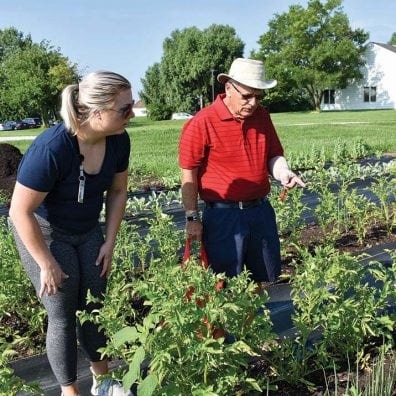
Assisting him is Ohio State student Monica Schroll who is working on her doctorate thesis on the impact of modifying nutrition prior to chemotherapy for patients with colon cancer. After marveling that a type of marigold is edible (lemon gem), Price plucks romaine, green onions, new potatoes, kohlrabi and romaine lettuce from the ground.
“I love volunteering here. When you’re in the lab, you tend to become desensitized. This is a great way to have patient interaction and see how they interact with their food,” said Schroll who is from San Francisco and had never spent time on a farm before.
Interacting with cancer survivors and being in touch with nature is inspiring for the student volunteers who get to take home part of the bountiful harvest. More importantly, they get an experience that’s priceless.
“We’re not aware of any other university in the nation doing what we do. We’re literally engaging in crop to clinic to community research and service,” Spees said. “These initiatives serve as a national model on how to fully integrate the vast amount of valuable resources available at a land-grant university.”
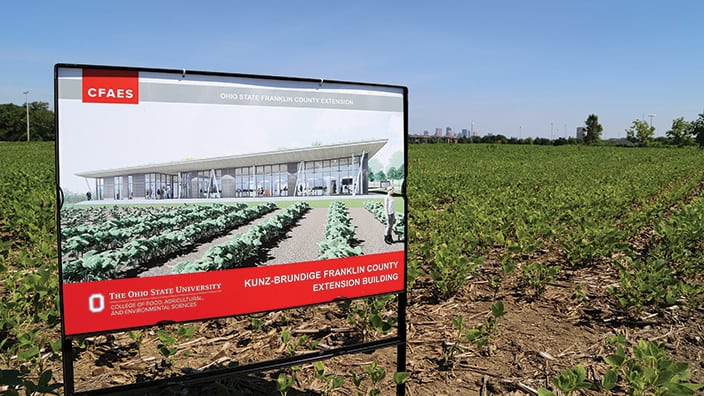
Ohio State University has earmarked $50 million for the construction of new facilities and updates at Waterman Farm on its main campus. The farm serves as a hub for teaching, research and engagement in the areas of food, health, agricultural production and environmental sustainability. Besides the Garden of Hope and research gardens, it currently has a turfgrass research and education facility, dairy, honey bee research lab, cropland and woods.
This summer university leaders broke ground on a new $5 million building that will house the Franklin County Extension office. Also planned is a $15 million learning center that will bring students, as well as the general public, together with livestock and horses for hands-on learning. A major investment is a $25 million controlled environment food production research complex that is essentially a huge state-of-the-art greenhouse, said Graham Cochran, Ohio State’s associate dean for operations. The sale of the university’s sheep farm near its airport is funding the new facilities.
“This (investment) is a commitment of OSU being a learning lab. Columbus is the 14th largest city in the United States and it’s a plus that OSU has this green oasis in a rapidly growing urban setting,” Cochran said. “It’s convenient that we have this hub for experiential learning so close by.”
When the agriculture community gets together to solve a problem, good things happen. Since its inception in 2011, the annual Cultivating a Cure fundraiser has donated more than a half-million dollars to support cancer treatment and prevention research at The Comprehensive Cancer Center – Arthur G. James Cancer Hospital and Richard J. Solove Research Institute at The Ohio State University.
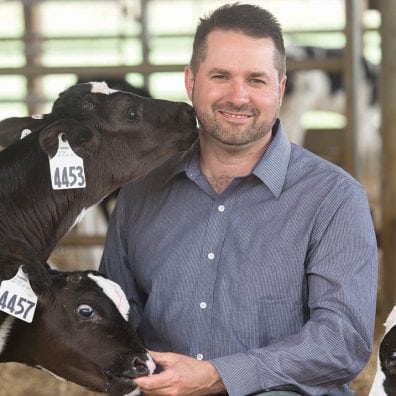
This year’s event took place Aug. 19 at Clardale Farms in Canal Fulton at the dairy farm of Ohio Farm Bureau President Frank Burkett III, who is personally passionate about the cause. Cultivating a Cure was founded by his friend and mentor Brent Porteus, a former president of Ohio Farm Bureau and current member of the Nationwide board of directors. Porteus established the annual event as a way to remember his wife, Debbie, after she died from breast cancer in 2010. Burkett also lost his wife, Christie, to cancer the same year.
One of the goals of Cultivating a Cure is to involve as many people as possible in connecting as an agricultural community and recognizing a responsibility to support efforts to find a cure to a disease that has impacted many lives and families.


The guide includes a farm driver checklist, overview of state and federal regulations and exemptions, CDL qualifications and more.
Read More


The emergency fuel waiver to allow the sale of summer gasoline blends containing 15% ethanol will lengthen the period during which Americans can continue buying E15 from June 1 to Sept. 15.
Read More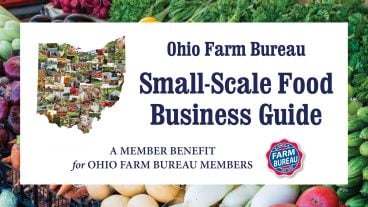
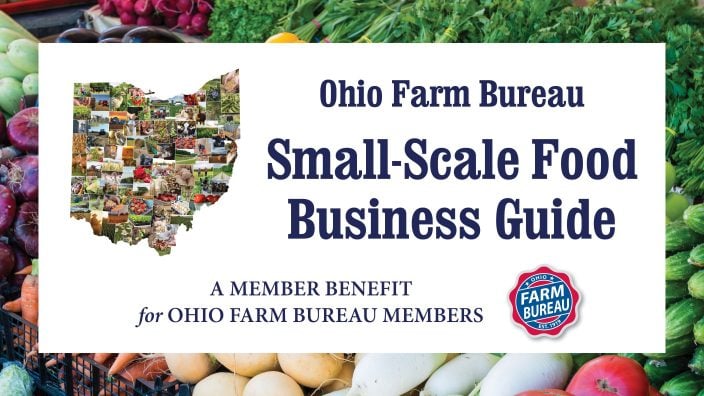
The Small-Scale Food Business Guide covers federal and state regulations for selling food products such as raw meat, dairy, eggs, baked goods, cottage foods, fruits and vegetables, honey and more.
Read More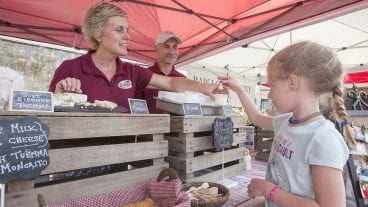
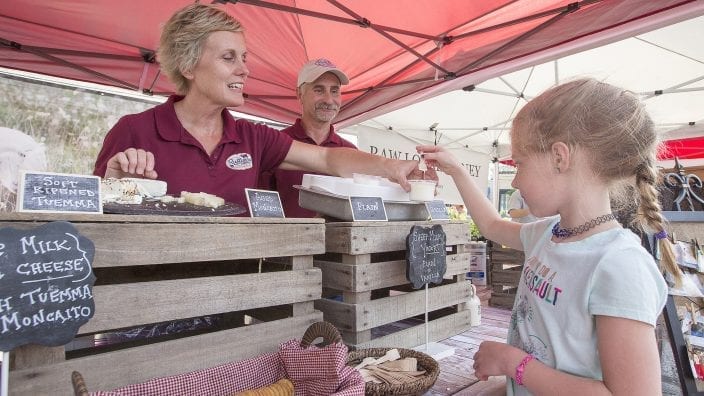
New resources and technology are broadening the different types of sales tools and strategies available to farmers.
Read More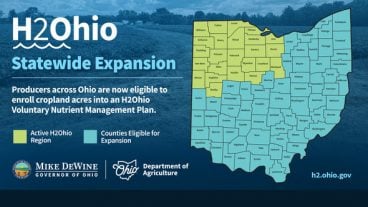

ODA will enroll 500,000 acres into the program for a two-week sign-up period, beginning April 22, 2024, through May 6, 2024. Contact local SWCD offices to apply.
Read More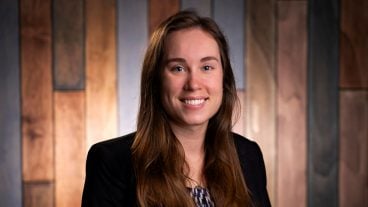
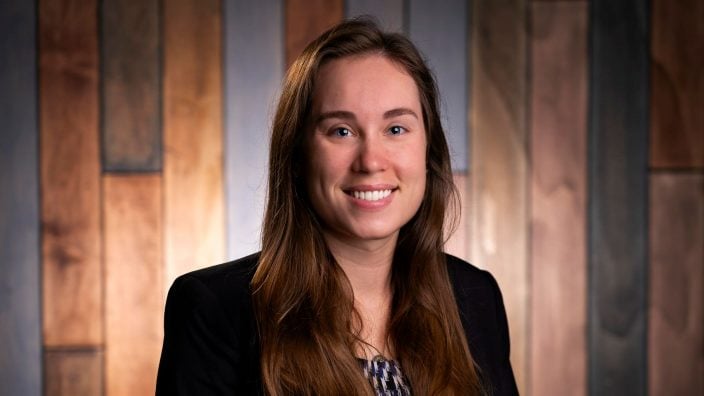
Katie Share of Columbus has been named ExploreAg and Youth Development Specialist for Ohio Farm Bureau.
Read More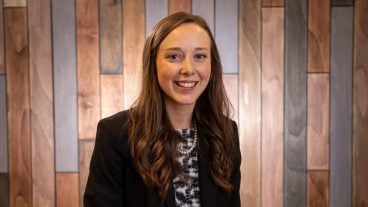

Mary Klopfenstein of Delphos has been named Young Ag Professional and Ag Literacy Program Specialist for Ohio Farm Bureau.
Read More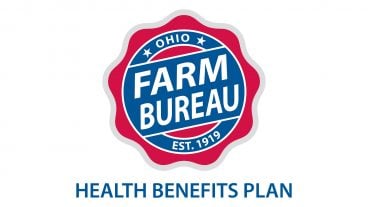
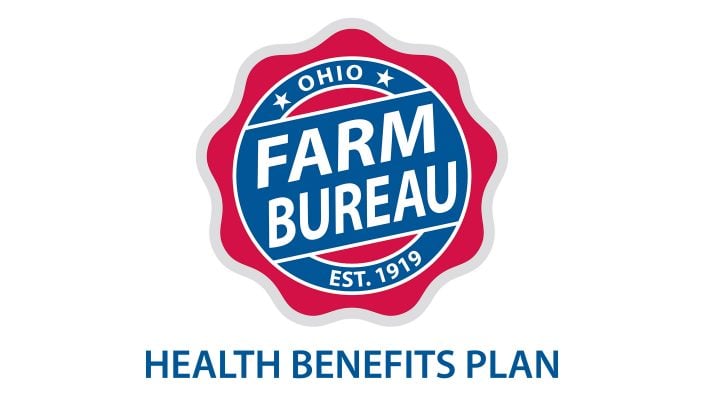
The plan has been updated to give sole proprietors access to more rate stability and a smart solution that offers potential savings on health care.
Read More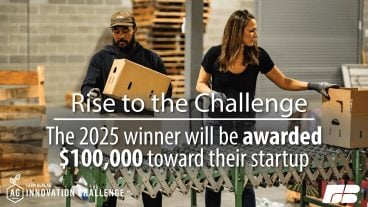
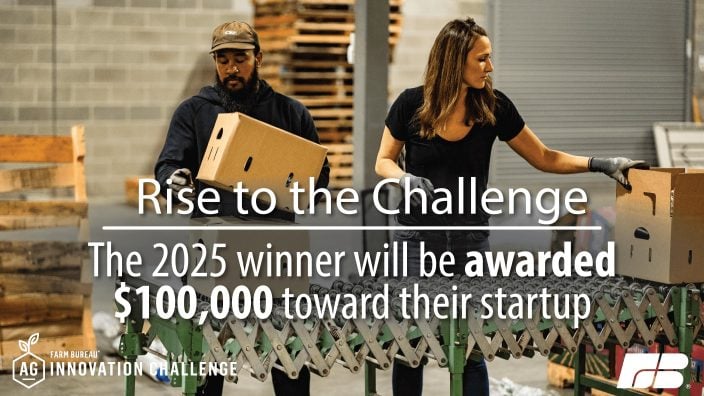
The American Farm Bureau Federation, in partnership with Farm Credit, is seeking entrepreneurs to apply online by June 15 for the 2025 Farm Bureau Ag Innovation Challenge.
Read More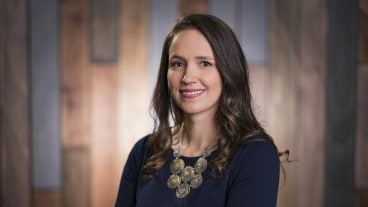
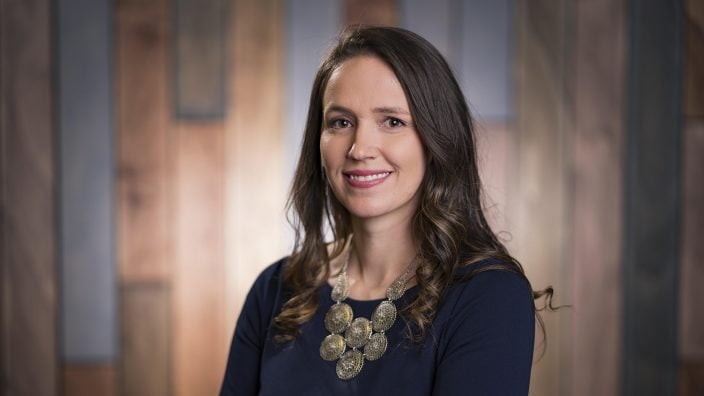
Adele Flynn of Wellington has been elected treasurer of the Ohio Farm Bureau Federation and now holds the third highest elected office in Ohio’s largest and most influential farm organization.
Read More